What it was like to ride the last steam train in Britain, by the passengers of the 'Fifteen Guinea Special'
It's exactly 50 years since the last passenger steam train in Britain made its way from Liverpool to Carlisle and back. Daniel Puddicombe spoke to some of those lucky few who were on board 1T57 back in 1968.
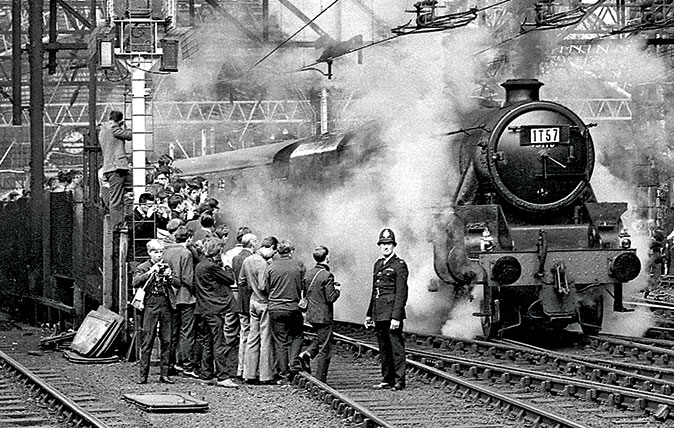
A shrill whistle sounds and we’re powering towards the Cumbrian hills. Black clouds of smoke and steam drift past the windows and the beat from the locomotive’s three cylinders is clearly audible as we build up speed in order to take on the fearsome Shap Summit on the West Coast Main Line.
The date of August 11, 1968 – the day of the last steam passenger train in Britain – is to rail enthusiasts what October 24, 2003 – when Concorde touched down for the final time – is to aviation fans. These events have similarities: thousands flocked to Heathrow to see Concorde come in from the USA, thousands lined the route of the final steam run and tickets to travel on both occasions were vastly inflated compared with a normal trip.
The final run was called the Fifteen Guinea Special and was named after the price of tickets. At the time, there was uproar; adjusting for inflation, tickets cost about £230 in today’s currency.
‘There was a lot of indignation – what a nerve British Rail had for charging such a steep price and taking our steam locomotives away from us,’ remembers Richard Newman, who was on board.
‘1T57’ – the reporting code given to the train – ran from Liverpool Lime Street via Manchester to Carlisle and back, via the picturesque Settle & Carlisle Railway. Four locomotives were used in turn throughout the day, three of which survive in operational order to this day.
Another person on the train that day was Sir Peter Hendy, Network Rail’s current chairman.
‘I remember it like it was yesterday. I’d never been on any of the previous enthusiast tours before, because they were all in the north-west of England,’ he admits.
Sign up for the Country Life Newsletter
Exquisite houses, the beauty of Nature, and how to get the most from your life, straight to your inbox.
‘Then, they advertised the Fifteen Guinea Special and I thought “that might be something to go on and tell your kids about”. I didn’t know much, but it was brilliant. The staff had a good time and I was caked in soot because everything was dirty then.’
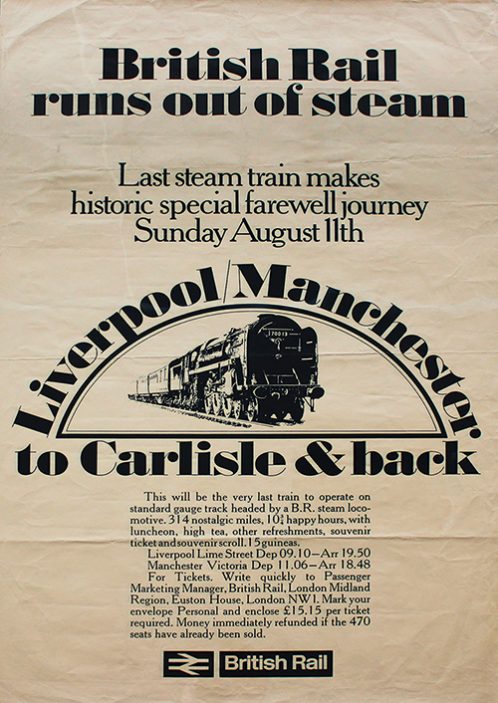
Fast-forward 50 years and steam on the mainline is as popular as it ever was. Tens of thousands were lined up to witness the Flying Scotsman’s return to steam in 2016 and about 500 steam-hauled charters run on the national network each year.
Fittingly, three separate charters ran over the Settle & Carlisle Railway 50 years to the day since steam came to an end. There’s nothing quite like riding behind it on the mainline. Sitting in the comfortable BR Mk1 carriages from the 1950s and 1960s, you experience a sensory overload, from the clitter-clack of the wheels on the rails to the sound of the locomotive. On steep gradients, there are distinct barks as it thunders its way over the crest, the fireman working extra hard to shovel coal quickly enough.
Travelling by steam is like deciding to commute to work in a Jaguar E-type: yes, you could drive to work in a modern car, but where’s the joy in that? The ‘re-creation’ I experienced wasn’t an exact replica – the route wasn’t identical, starting in London rather than Liverpool, and the 1T57 locomotives weren’t available – but some things were consistent, not least the magic of the experience for those in attendance.
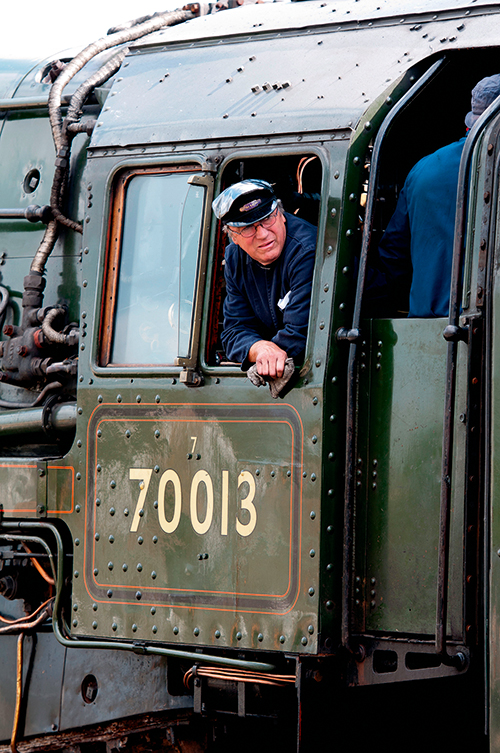
‘You knew you were taking part in railway history as the full expectation was that it would be the end,’ says Bill Owen, who was on board both trips, when remembering that day half a century apart.
‘It was magic,’ agrees Mr Newman. ‘The crowds on the platform at Manchester were massive. People were all over the tracks. The signalmen didn’t seem to mind, the police weren’t called and nobody got themselves run over.’
Phil Braithwaite photographed and travelled on the final steam-hauled trips in the North-West and sums up the joy of those days. ‘It’s the soot in your hair as you stick your head out of the window,’ he believes. ‘I’m a bit old now, but I used to do it all the time with my long-focus lens, to get photos of the locomotive at the front. When I look back on it, they weren’t that great, but they painted a record.’
A fireman during the days of steam, Les Perry later became a driver on diesel trains and has been working with West Coast Railways, which provides the crews and rolling stock for the majority of charters in the preservation era, for the past 10 years.
The joy of firing, he explains, was that it was only the driver and firemen in control of the locomotive: ‘Now, you have a support crew to help you out and it isn’t the same at all.’
For him, the Fifteen Guinea Special marked the end of a very special time. ‘Those were the best years of my life. I would have gone to work for free, as I loved it.’
It’s clear that, as in any sphere, much has changed over the past 50 years. However, one thing hasn’t and is unlikely ever to do so – that’s the thrill of steam and its intoxicating effect on those that encounter it, from the small child to the casual bystander. And, of course, the dedicated rail enthusiast.
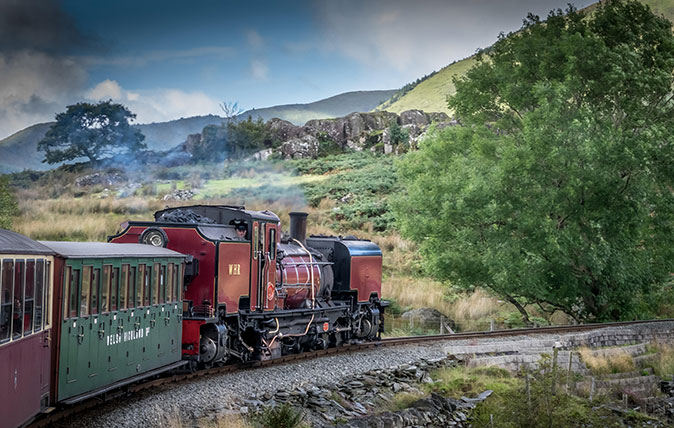
Credit: Alamy
Britain's most beautiful narrow-gauge railways, from Norfolk to Wales
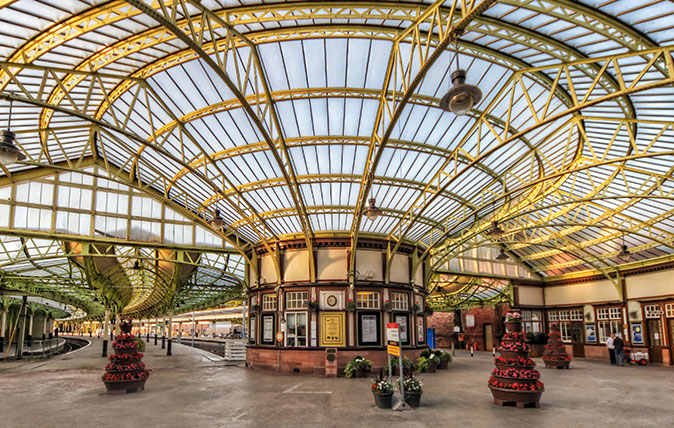
Britain's 100 best Railway Stations: Simon Jenkins on the gateways to our railways
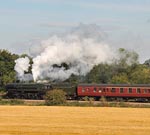
Britain’s most scenic train journeys
Country Life lists the most scenic journeys by train in Britain, from The Highlands to Northern Ireland
-
 Five beautiful homes, from a barn conversion to an island treasure, as seen in Country Life
Five beautiful homes, from a barn conversion to an island treasure, as seen in Country LifeOur pick of the best homes to come to the market via Country Life in recent days include a wonderful thatched home in Devon and a charming red-brick house with gardens that run down to the water's edge.
By Toby Keel Published
-
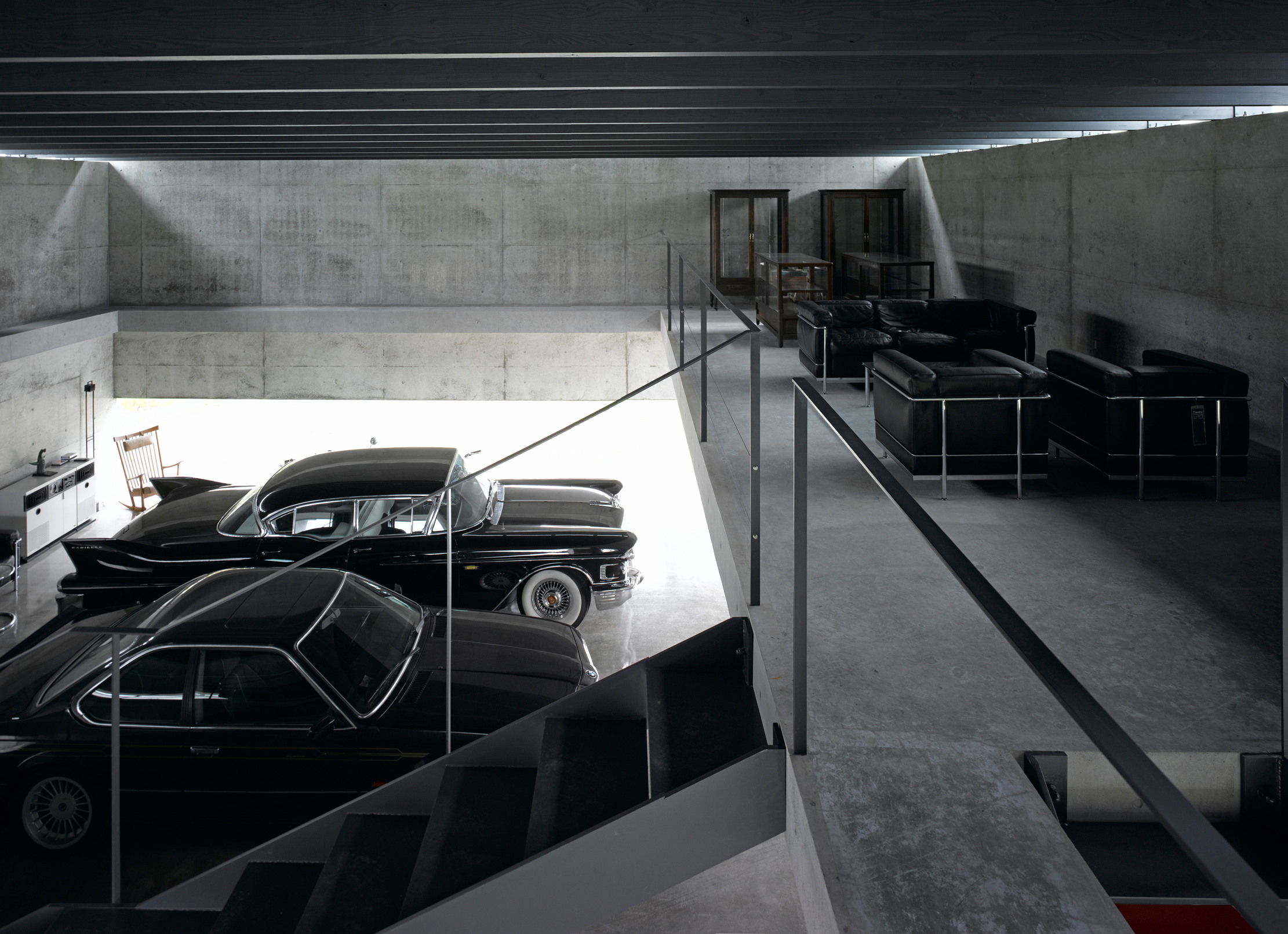 Shark tanks, crocodile lagoons, laser defences, and a subterranean shooting gallery — nothing is impossible when making the ultimate garage
Shark tanks, crocodile lagoons, laser defences, and a subterranean shooting gallery — nothing is impossible when making the ultimate garageTo collectors, cars are more than just transport — they are works of art. And the buildings used to store them are starting to resemble galleries.
By Adam Hay-Nicholls Published
-
 Shark tanks, crocodile lagoons, laser defences, and a subterranean shooting gallery — nothing is impossible when making the ultimate garage
Shark tanks, crocodile lagoons, laser defences, and a subterranean shooting gallery — nothing is impossible when making the ultimate garageTo collectors, cars are more than just transport — they are works of art. And the buildings used to store them are starting to resemble galleries.
By Adam Hay-Nicholls Published
-
 ‘David Hockney 25’ at the Fondation Louis Vuitton: Britain’s most influential contemporary artist pops up in Paris to remind us all of the joys of spring
‘David Hockney 25’ at the Fondation Louis Vuitton: Britain’s most influential contemporary artist pops up in Paris to remind us all of the joys of springThe biggest-ever David Hockney show has opened inside the Fondation Louis Vuitton in Paris — in time for the season that the artist has become synonymous with.
By Amy Serafin Published
-
 Under the hammer: A pair of Van Cleef & Arpels earrings with an intriguing connection to Princess Grace of Monaco
Under the hammer: A pair of Van Cleef & Arpels earrings with an intriguing connection to Princess Grace of MonacoA pair of platinum, pearl and diamond earrings of the same design, maker and period as those commissioned for Grace Kelly’s wedding head to auction.
By Rosie Paterson Published
-
 Why LOEWE decided to reimagine the teapot, 25 great designs over
Why LOEWE decided to reimagine the teapot, 25 great designs overLoewe has commissioned 25 world-leading artists to design a teapot, in time for Salone del Mobile.
By Amie Elizabeth White Published
-
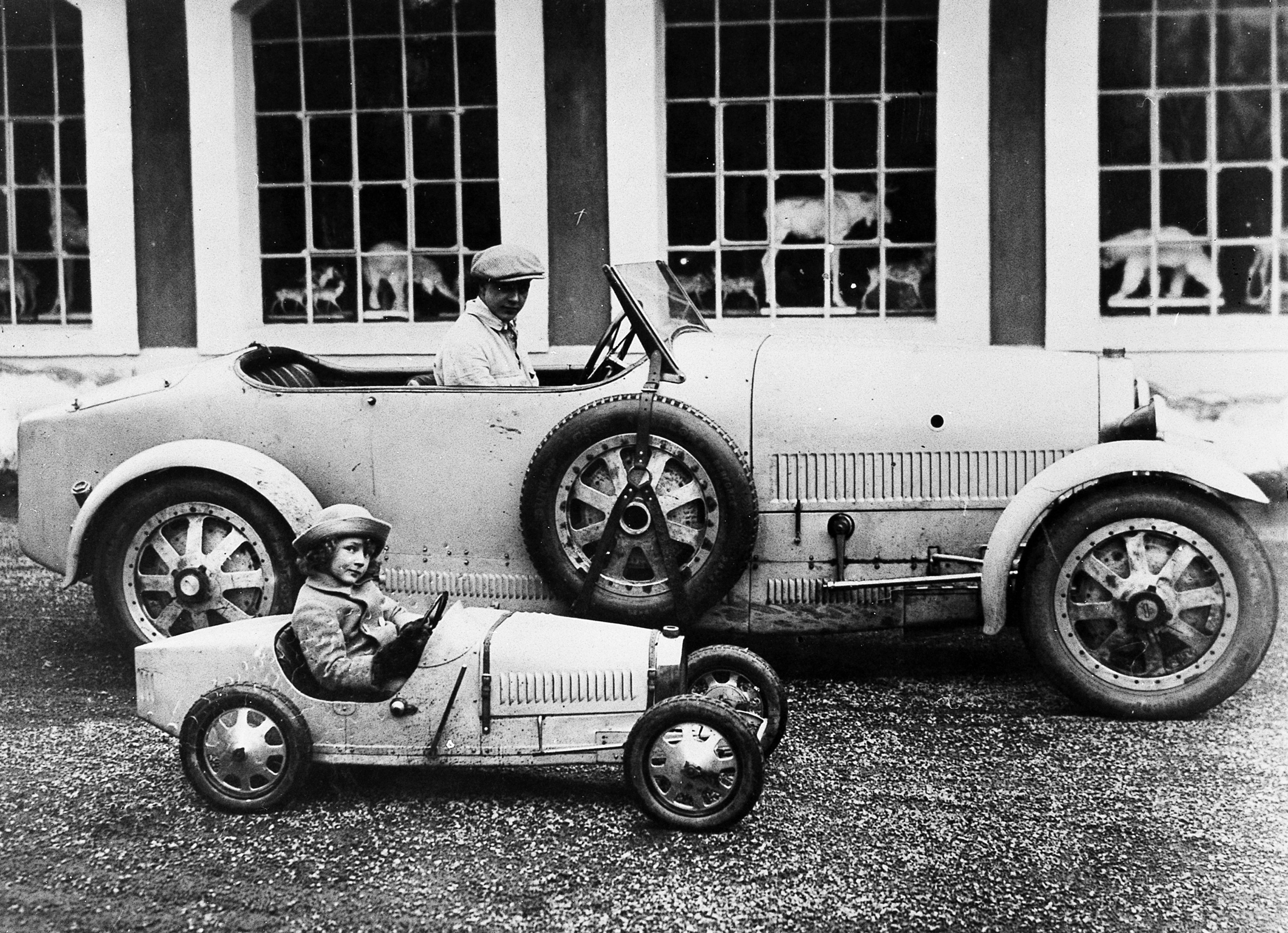 The brilliant Bugattis: Sculpture, silverware, furniture and the fastest cars in the world
The brilliant Bugattis: Sculpture, silverware, furniture and the fastest cars in the worldA new exhibition at this year's Treasure House Fair will shine a light on the many talents of the Bugatti dynasty.
By James Fisher Published
-
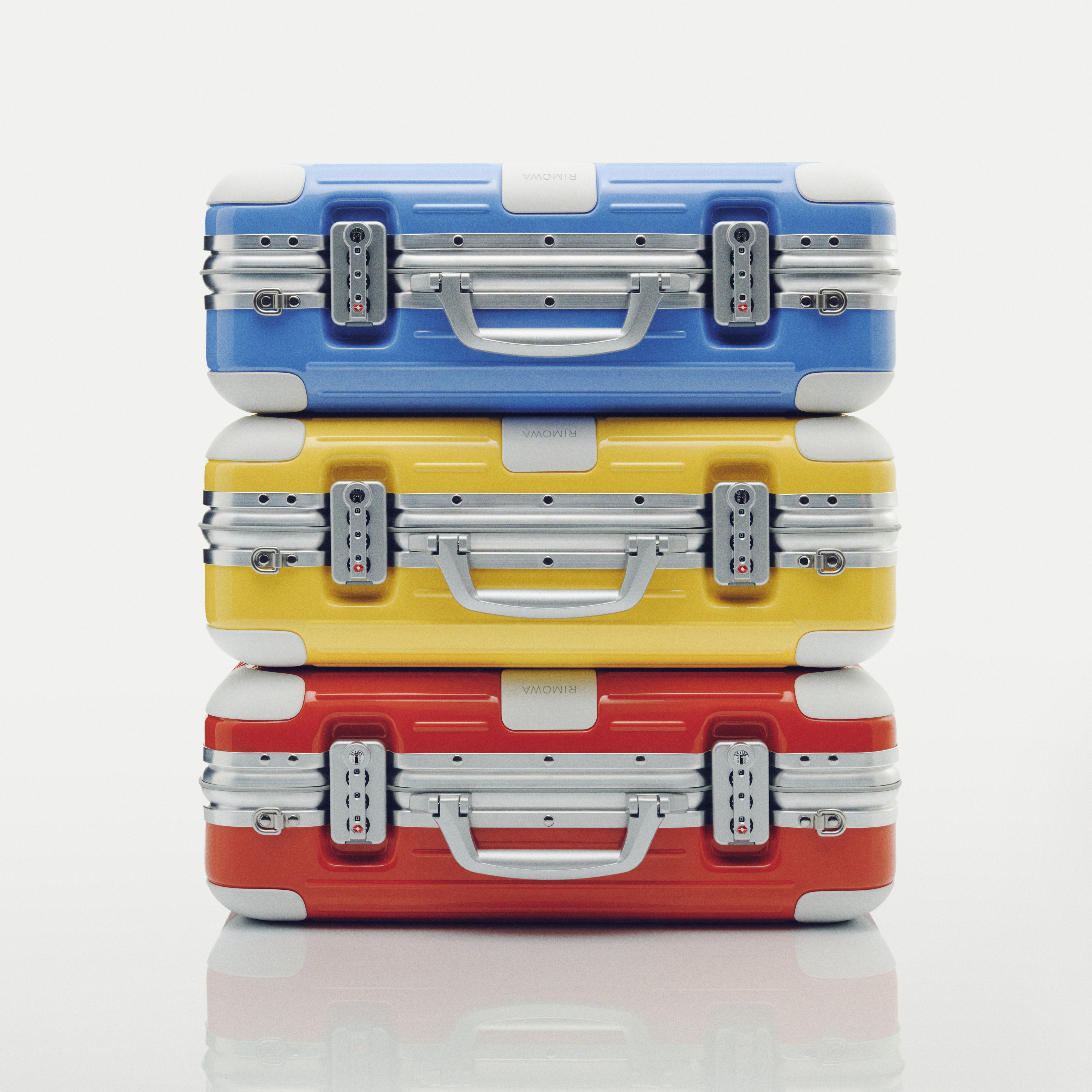 Big, bright and bold: Colourful luggage to inspire your next spring getaway
Big, bright and bold: Colourful luggage to inspire your next spring getawayIf RIMOWA's new 'Holiday' campaign is anything to go by, then conservative-coloured luggage is out and eye-catching is in.
By Rosie Paterson Published
-
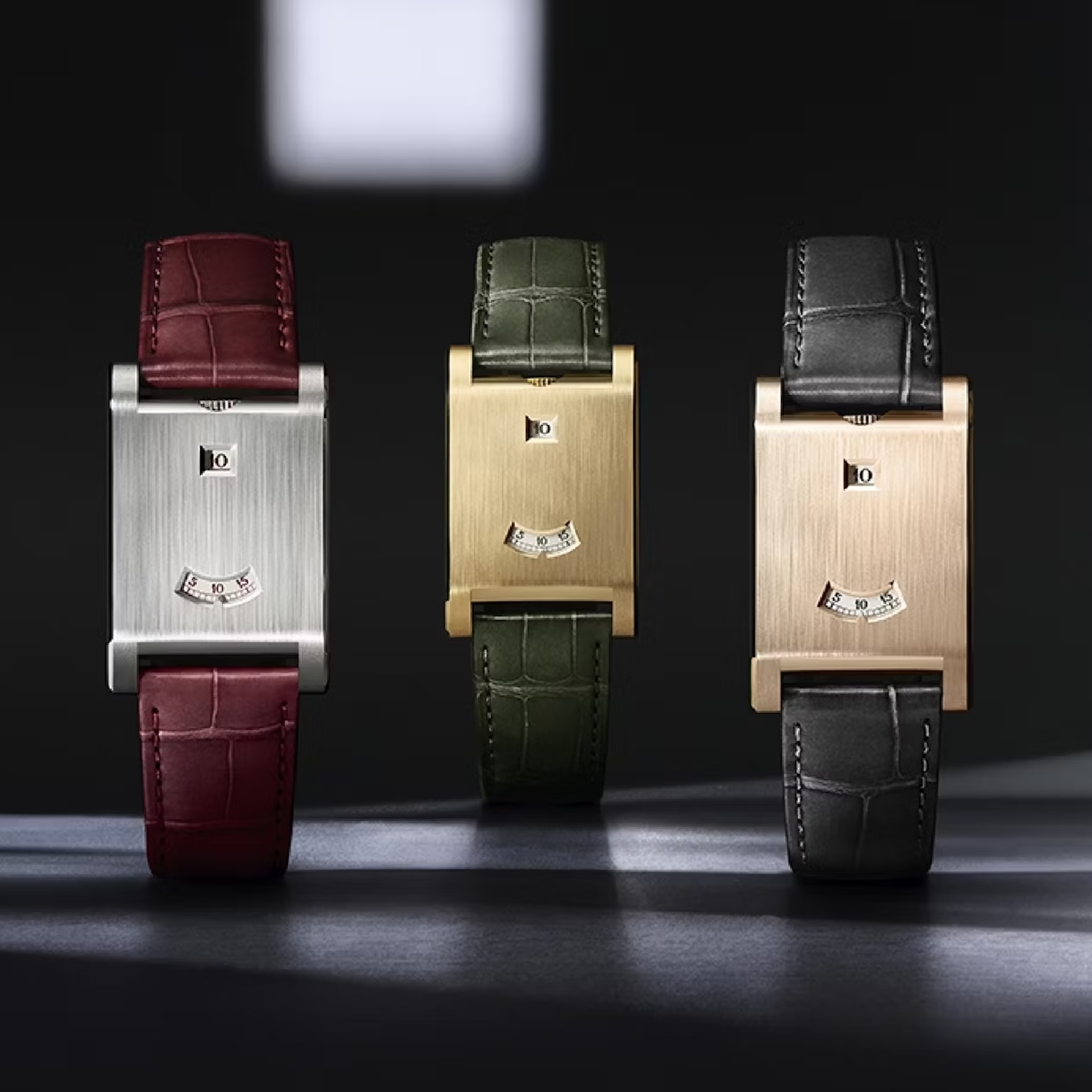 Jumping hours, guichets and visual theatre: The biggest trend from Watches and Wonders explained
Jumping hours, guichets and visual theatre: The biggest trend from Watches and Wonders explainedMiniature window displays replaced traditional watch hands at this year's Watches and Wonders fair.
By Chris Hall Published
-
 On His Majesty's Not-So Secret Service: Aston Martin receives Royal Warrant from The King
On His Majesty's Not-So Secret Service: Aston Martin receives Royal Warrant from The KingOn His Majesty's not particularly secret service.
By James Fisher Published